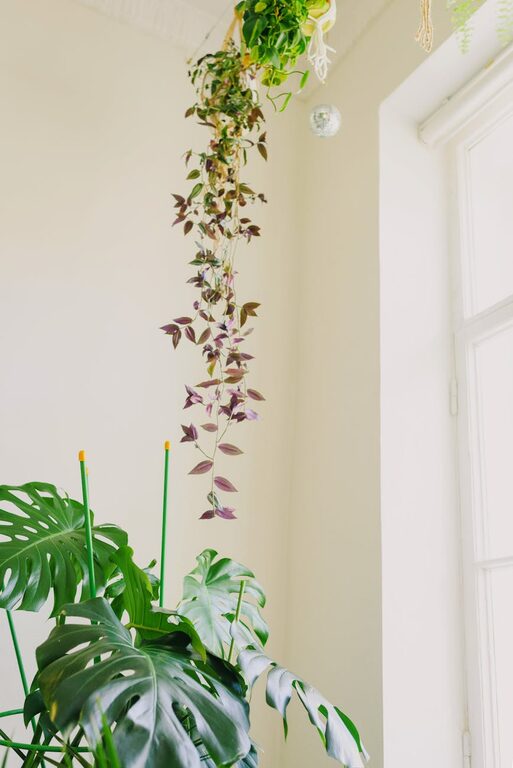Bringing plants into your home is an easy and rewarding way to refresh your space. Not only do plants add natural beauty and color, but they also improve air quality and create a calming atmosphere. Whether you’re new to indoor gardening or looking to add more greenery to your home, this guide will help you select, care for, and arrange plants to brighten up any room.
Why Add Plants to Your Home?
Plants do more than just look pretty. Studies show that having plants indoors can boost mood, reduce stress, and even improve focus. They add texture and life to your decor, making your home feel more inviting. Plus, plants come in a variety of shapes, sizes, and colors, so you can find just the right ones to suit your style.
Choosing the Right Plants for Your Space
Consider Light Levels
One of the most important factors when choosing plants is the amount of natural light your space receives:
– Bright Light: South or west-facing windows with several hours of sunlight are perfect for sun-loving plants like succulents, fiddle leaf figs, or snake plants.
– Medium Light: East-facing windows or rooms with indirect light work well for plants like pothos, spider plants, or peace lilies.
– Low Light: Rooms with little natural light can still support plants like ZZ plants, philodendrons, or cast iron plants.
Think About Your Lifestyle
Some plants require more care than others. If you travel frequently or tend to forget watering, consider low-maintenance options that tolerate some neglect.
Sizes and Shapes
Choose plants that fit the available space. Tall plants can serve as statement pieces, while smaller plants work well on shelves, desks, or windowsills.
Essential Plant Care Tips
Watering
Most plants prefer the soil to dry out slightly between waterings. Overwatering is one of the most common mistakes. Check the top inch of soil and water when it feels dry.
Light
Rotate your plants occasionally to ensure even growth. If a plant isn’t thriving, consider moving it to a spot with better light.
Humidity
Many houseplants prefer moderate humidity. If your home is dry, especially in winter, mist your plants occasionally or place a small humidifier nearby.
Fertilizing
Feed your plants with a balanced liquid fertilizer every 4–6 weeks during the growing season (spring and summer). Reduce feeding in fall and winter.
Styling Your Plants: Ideas to Refresh Your Home
Group Different Plants Together
Create a lush corner by grouping plants with different leaf shapes and heights. This makes for an eye-catching display and a mini indoor garden.
Use Decorative Pots
Choose pots that match your decor style. Ceramic, terracotta, and woven baskets add texture and personality.
Add Plants to Unexpected Places
Don’t limit plants to the living room. Bathrooms, kitchens, and bedrooms can all benefit from greenery. Hardy plants like air plants or succulents are perfect for bathroom shelves.
Vertical Gardens and Hanging Plants
Use wall planters or macrame hangers to bring plants up off the floor and add dimension to your rooms.
Combine Plants with Other Decor Elements
Pair plants with books, candles, or sculptures to create styled vignettes on tables and shelves.
Tips for Beginners
– Start with 2 or 3 easy-care plants to build confidence.
– Use a moisture meter or simple finger test to avoid overwatering.
– Research each plant’s specific requirements.
– Don’t be afraid to ask for advice at garden centers or local nurseries.
Final Thoughts
Refreshing your home with plants is an enjoyable and creative process that improves your living environment. With just a few thoughtful choices, you can transform any room into a green oasis that relaxes and inspires. So go ahead—bring the outdoors inside and enjoy all the benefits plants have to offer!
—
Adding plants is not only a design choice but a lifestyle enhancement. Happy planting!

